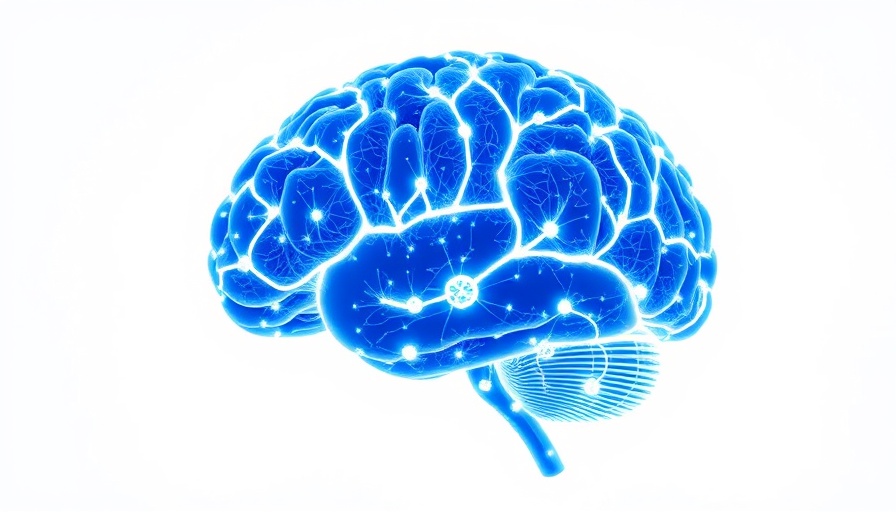
Understanding the Complexity of Modern Relationships
As we navigate relationships in today's fast-paced world, it's not uncommon to experience feelings of attraction outside of a committed partnership. This scenario is precisely what a reader, identified as 'Confused Lover,' is grappling with. They've been in a solid relationship for one and a half years but are now torn between their girlfriend and a new crush at work. The queries raised highlight a significant challenge in romantic life: when is it appropriate to entertain new feelings, and how should one nurture existing commitments?
It’s Natural to Experience Change
Relationships inherently evolve over time. Early on, the chemistry can feel electrifying, filled with excitement and romance. However, as the infatuation stage fades, couples often face the reality that love requires active maintenance. Confused Lover’s feelings for their crush may stem from a natural yearning for new energy rather than a lack of affection for their girlfriend. It's important to recognize that periods of less fervor in relationships can serve as pivotal moments for growth and revitalization. Instead of abandoning an otherwise strong relationship, this could be an opportunity to reignite the spark.
Communication is Key
Open dialogue with your partner can breathe new life into your relationship. Confused Lover is encouraged to express what aspects of their relationship feel flat and how they envision adding excitement back in. By sharing vulnerabilities and desires, couples can work together to innovate the romance. This honest approach not only strengthens the bond but can also reveal mutual aspirations for the future.
A Crush Isn’t Always a Red Flag
It's essential to analyze what a crush means. In many cases, it's simply a fleeting feeling that arises from novelty. The allure of the unknown can create the illusion that the new person is more appealing, yet this perception often crumbles with reality. Confused Lover acknowledges an awareness of this risk, as they express hesitance about whether they truly want to connect with their coworker further. Knowing someone intimately, flaws and all, is crucial before making judgments about compatibility.
Consider Broader Contexts
Choosing to act on a crush may lead to ethical dilemmas. Confused Lover’s sense of guilt signifies their moral compass. Acknowledging attraction while still valuing an existing relationship reflects thoughtful consideration of the emotional toll on their current partner. It’s an opportunity to weigh the implications of personal desires against the potential harm to others.
What Steps Might Lead to Peace of Mind?
Firstly, Confused Lover should not rush into any decisions based solely on a crush. Engaging in introspection can yield clarity. They could explore what they find appealing about their coworker versus what they appreciate in their girlfriend. Ultimately, the worth of their current relationship should be assessed without the distractions of a new interest.
Take Time To Assess Your Feelings
Mindfulness plays a crucial role in managing complicated emotions. Instead of succumbing to a desire for immediate gratification through a new partner, investing in your current relationship can be immensely rewarding. It might open doors to refreshing experiences together while nurturing a deeper connection—things like trying out new adventures together or revisiting shared pastimes that once brought joy.
In conclusion, while it’s human to have crushes, it's essential to evaluate their impact thoughtfully. Many relationships face turbulence, but navigating these waters with communication and honesty can often lead to renewed strength and understanding. Ultimately, the best outcomes stem from a place of respect, empathy, and intentionality.
So, for those experiencing a similar dilemma, consider taking the time to appreciate the person you are with before jumping into the unknown.
 Add Row
Add Row  Add
Add 




Write A Comment